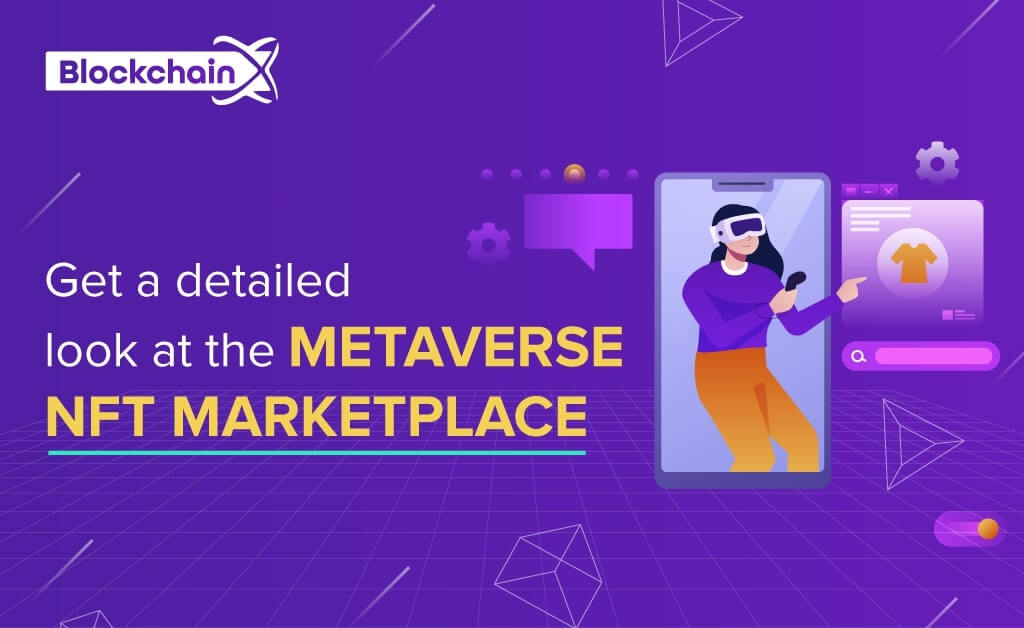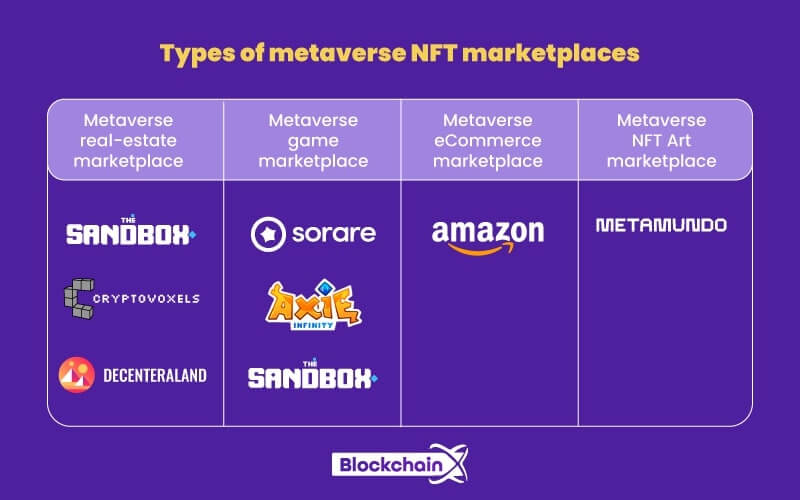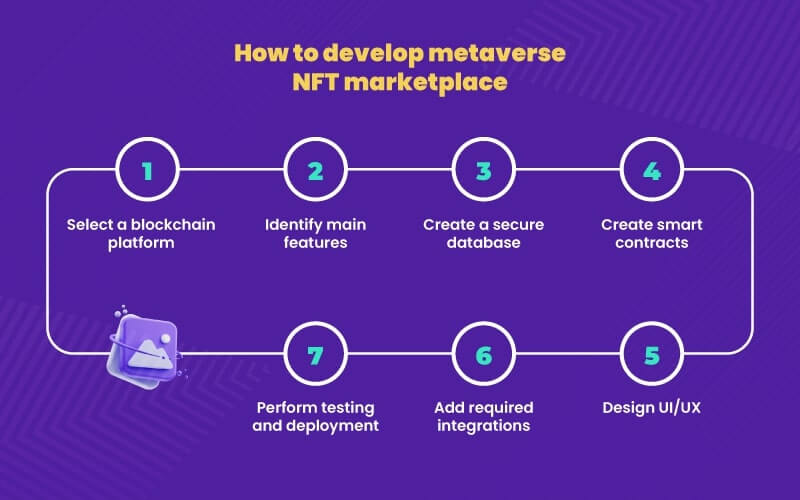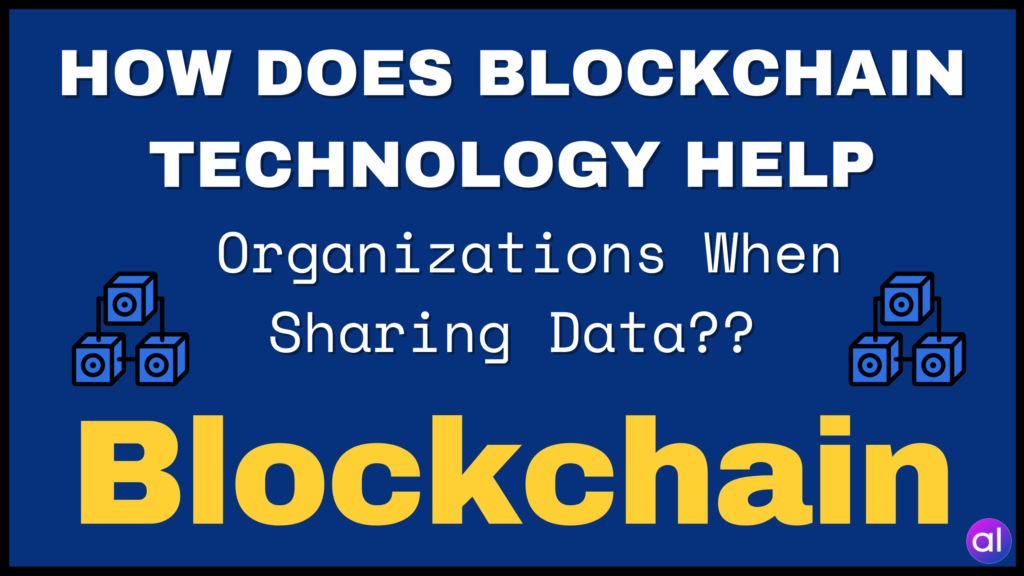
In recent years, the world has undergone significant changes. Being a successful entrepreneur used to involve expanding your business on offline and online platforms. However, there is now a third space to explore – the Metaverse. One of the most prominent ways to enter this space is through Metaverse NFT marketplace development.
As this platform is still relatively unexplored by non-technical business leaders, it has the potential to impact a company’s competitiveness in the future. Therefore, it is essential to learn about the Metaverse NFT marketplace and how it can benefit your business without delay.
What is a Metaverse NFT marketplace?
The Metaverse NFT Marketplace is a blockchain-based solution that enables users to tokenize and trade their unique digital assets in the virtual space of the metaverse, providing a decentralized experience. Users can trade digital lands, avatars, in-game items, and other digital assets on these marketplaces.
By integrating their NFT marketplaces into metaverse projects, companies can expand their service offerings and attract new customers who are exploring metaverse opportunities.
What are the characteristics of the Metaverse NFT marketplace?
The distinctive features of Metaverse NFT marketplace development include:
- Decentralization: No intermediaries are required in the trading process.
- Interoperability: Provides users with a consistent experience across various independent marketplaces.
- Immersive Environment: Users can socialize and trade in a realistic 3D environment.
- Compatibility: NFT wallets allow users to purchase, sell, and store digital assets.
- Seamless Tokenization: Users can easily tokenize their assets for unique ownership and sale on the Metaverse NFT marketplace.
What are the advantages of Metaverse NFT marketplace?
By combining the Metaverse and NFT, businesses can expand their reach, attract more users, and increase sales through the Metaverse NFT marketplace. Other benefits include enhanced security, transparency, growth opportunities, seamless trading experience, no intermediaries, and quick, hassle-free payments.
Types of Metaverse NFT marketplaces

There are four main types of Metaverse NFT marketplaces: Metaverse real estate, Metaverse eCommerce, Metaverse gaming, and Metaverse NFT art.
Metaverse Real estate marketplace
Users can buy and sell virtual property in the metaverse using these marketplaces. Some real estate companies also use NFT-powered digital versions of physical properties to showcase them.
Metaverse game marketplace
Players can earn in-game assets in the form of NFTs while playing games and trade them on these marketplaces.
Metaverse eCommerce NFT marketplace
Users can visit shops and check out products using VR devices in these marketplaces.
Metaverse NFT art marketplace
NFT art marketplaces provide interactive experiences for users to explore artworks using the metaverse.
A Detailed Guide to the Metaverse NFT Marketplace

To build a Metaverse NFT marketplace, follow these seven steps:
Step 1: Choose a blockchain platform
Choose a blockchain network as the basis for your marketplace, such as Ethereum, Cardano, or Polkadot.
Step 2: Identify the main features
Choose and prioritize main features like tokenization, secure transactions, interoperability, 3D display, auction functionality, and wallet integration.
Step 3: Create a secure database
Implement an immutable and secure database to hold user and admin profiles as well as NFT metadata.
Step 4: Create smart contracts
Use smart contracts to regulate operations on the marketplace without intermediaries.
Step 5: Create UI/UX
Design an appealing interface for the marketplace with a focus on simplicity and responsiveness.
Step 6: Include any required integrations
Map out necessary integrations like wallets, payment gateways, and dApps.
Step 7: Carry out testing and deployment
Test the marketplace for bugs and glitches before deploying the final product.
Closing thoughts
NFTs and the Metaverse present opportunities for business growth by providing users with a realistic 3D environment to explore products and services. Investing in this technology can enhance user experiences and drive business success.



